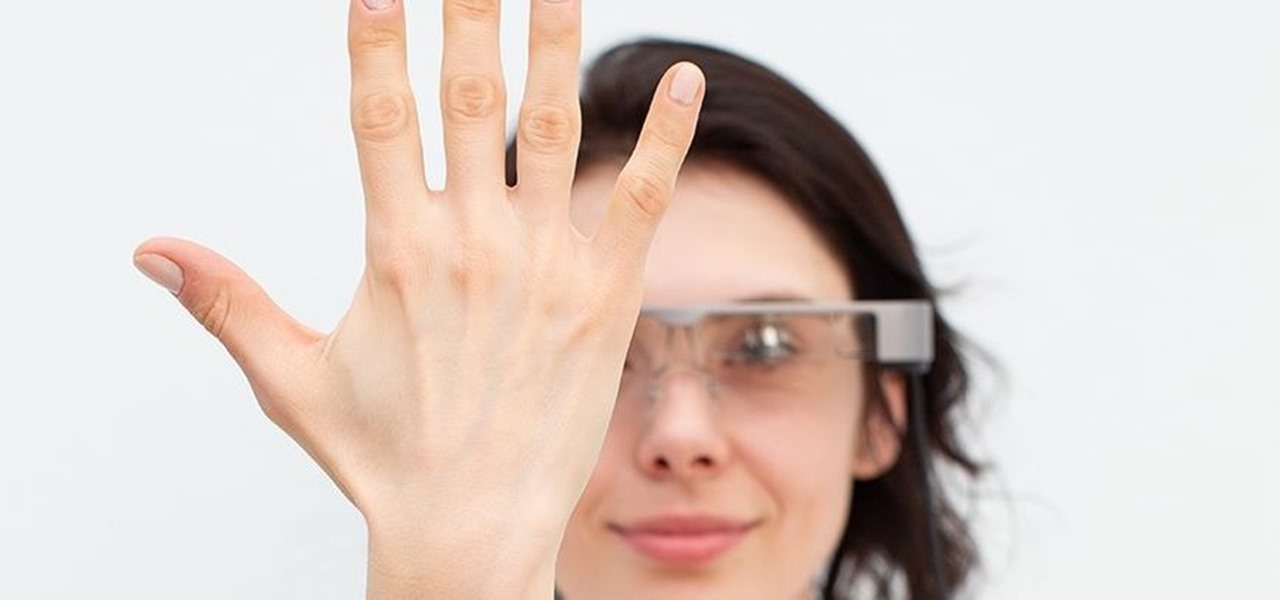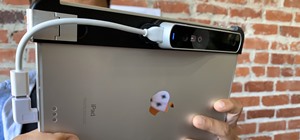Users of Epson's smartglasses can now tell their devices to "talk to the hand" when it comes to passwords and authentication.
The Moverio BT-300 smartglasses now support PalmID, a biometric authentication platform from Redrock Biometrics, for device unlocking. Using the front-facing camera on the wearables, PalmID identifies users based on the unique signature of their palm images. The PalmID app will soon be available via the Moverio App Market.
"When using augmented or virtual reality headsets the face and eyes are covered and therefore not available for authentication," said Hua Yang, co-founder and CEO of Redrock Biometrics, in a statement provided to Next Reality. "Fingerprint scanners require additional hardware built into the headset and blindly swiping, making them inconvenient and error prone. Palm-based biometrics provides the ideal combination of security and user experience for these devices."

In addition, the PalmID SDK allows developers to integrate the platform into their own apps, making logging into apps or approving in-app purchases much easier than traditional methods.
"Epson collaborated with Redrock Biometrics to create an even more attractive platform for developers to create new games and applications," said Leon Laroue, technical product manager at Epson America, in a statement. "The ability to use biometric authentication opens the door to increased interactivity without disrupting the AR experience."
"Most of these companies are ID/authentication providers serving tens of millions of users," Lenny Kontsevich, co-founder and chairman Redrock Biometrics, told Next Reality. "Embedding PalmID into a mobile app is simple because beyond the core authenticator SDK, we provide a wrapper which includes the essential UI elements. We also support both iOS and Android."
Redrock expects Epson to be just the first of many AR headsets to eventually support its platform.
"We have spoken to other manufacturers and are currently working with one other AR headset manufacturer now," said Kontsevich. "The reception has been extremely positive so far. We have talked with other manufacturers that have tested biometrics like retina, face, etc. and they have found those options to be unsuitable for AR/VR due to user experience."

PalmID isn't just convenient for AR headsets due to form factor, which makes face-based unlocking on headsets unwieldy, but, according to the company, it may offer security benefits as well.
"PalmID's accuracy is 20 times better than FaceID — mimicking someone else's palm is much more difficult than mimicking or obtaining a high-resolution image of someone's face," said Kontsevich. "FaceID makes one error in 1 million facial reads and PalmID makes one error in 20 million reads."

In a way, another company whose product revolves around hand gestures had a helping hand in bringing Redrock's method of unlocking to market. Co-founders Yang and Kontsevich have held positions at Leap Motion. And the company's director of engineering, Kevin Horowitz, also worked at Leap Motion, as well as Google.
But unlike Leap Motion, which requires hardware to integrate its hand gesture system into devices, PalmID works with existing hardware built into the device.
And while AR wearable enthusiasts have already proclaimed the death of the smartphone, one thing smartglasses and AR headsets lack are the user-friendly authentication methods found in today's handsets.
As far as software-based solutions for authentication go, it looks like PalmID fits like a glove.
Just updated your iPhone? You'll find new features for Podcasts, News, Books, and TV, as well as important security improvements and fresh wallpapers. Find out what's new and changed on your iPhone with the iOS 17.5 update.























Be the First to Comment
Share Your Thoughts